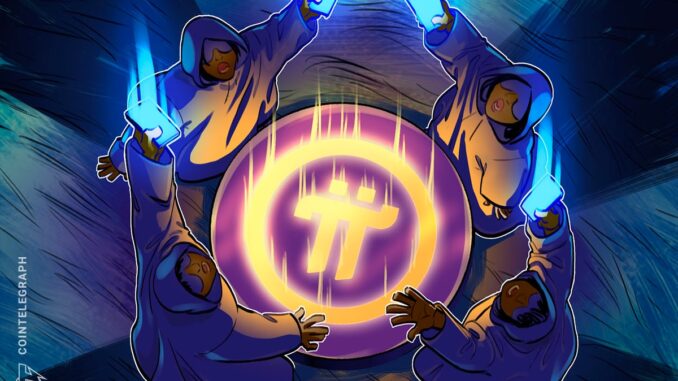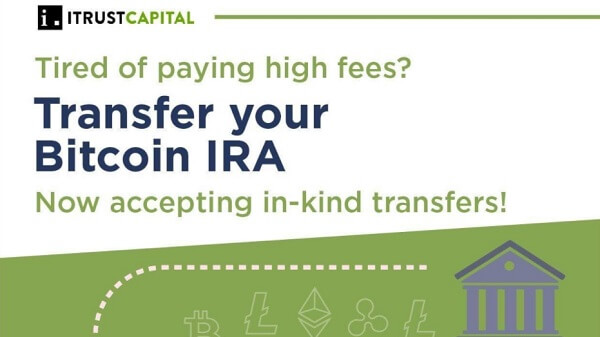
What is Pi Network?
Despite years of delays, opaque operations and widespread skepticism, Pi Network still commands a near cult-like following.
Critics, however, have called the project “money-minded,” citing its reliance on in-app ads, referral-driven growth and centralized control of tokens. Some even allege that its Know Your Customer (KYC) requirements could allow the monetization of user data.
The question is simple: How does an allegedly mobile-mined cryptocurrency, criticized for bottlenecks and limited utility, keep millions of people faithfully tapping a button every day?
Launched in 2019 by Stanford-educated founders, Pi Network set out to reimagine crypto mining. Instead of energy-intensive hardware, users “mine” Pi (PI) coins through a smartphone app.
The project relies on the Stellar Consensus Protocol (SCP) and social “security circles” rather than proof-of-work (PoW), promising broader inclusion over hash-power races.
In February 2025, Pi finally opened its long-awaited mainnet for external trading and token transfers, years after the original promise.
But the rollout faltered. Migration delays, KYC backlogs and uneven access left many frustrated. Even so, hype held strong: A brief rally pushed Pi’s price toward $3 before sliding to around $0.34 by September 2025.
So far, Pi Network continues to sustain remarkable enthusiasm while facing mounting operational and structural concerns.
Did you know? The first mobile “mining” craze wasn’t Pi. In 2017, a project called Electroneum promised smartphone mining but faded after exchanges lost interest.
Criticisms and red flags
While Pi Network continues to attract a high volume of daily users, critics argue its foundation is riddled with unresolved flaws.
Centralization and core team control
Although Pi brands itself as an “open network,” control is still concentrated in the hands of its core team. All validator nodes remain operated by the project’s developers, not by independent community members. This undermines the decentralization that most cryptocurrencies are built on.
Opaque tokenomics and distribution
Pi sets a maximum supply of 100 billion tokens, split between four buckets: 65% for community mining rewards, 20% for the core team, 10% for foundation reserves and 5% for liquidity. On paper, that looks straightforward, but the actual numbers in circulation depend on how many coins have migrated to mainnet. Each category only unlocks in step with verified Migrated Mining Rewards (MMR).
Referral-based rewards with MLM parallels
Mining Pi depends heavily on referrals and “security circles.” Critics argue that this layered recruitment system mirrors multi-level marketing schemes, raising sustainability questions now that new-user growth has slowed.

Limited listings and liquidity issues
Even after the February 2025 mainnet launch, Pi’s trading venues remain restricted to mid-tier exchanges such as OKX, Gate.io, Bitget and MEXC. Major platforms such as Binance and Coinbase have withheld listings, citing unresolved concerns about tokenomics and centralization.
Volatility and suspicious token activity
Pi’s market performance has been poor: from early 2025 highs near $3 down to about $0.34-$0.35 as of Sept. 3, 2025 (a 90% crash). Meanwhile, a crypto wallet labeled “GAS…ODM” has been quietly amassing 331 million Pi coins, further fueling suspicions of insider-driven activity.

Privacy risks from centralized KYC
To move mined Pi onto the Mainnet, users must first pass Know Your Customer (KYC). That means uploading a government-issued ID and completing a facial recognition “live selfie” check. Reports indicate that this data is stored on centralized servers rather than under user-controlled systems, which has drawn criticism over privacy and security risks.
Concerns aren’t new: Previous allegations of issues with third-party KYC providers have fueled ongoing questions about how Pi handles sensitive user information and whether enough safeguards are in place.
Did you know? Recent web analytics show minepi.com’s top visitors by country: Vietnam (10.2%), South Korea (8.2%), India (6.66%), the United States (6.6%) and Ethiopia (5.2%).
Why the hype persists
Free-to-try mining, social reinforcement and steady ecosystem signals combine to keep millions emotionally invested (even as critics focus on liquidity gaps, limited listings and centralization).
Low barrier to entry, minimal financial risk
Mining Pi costs attention instead of capital. Users simply open the app once per session to confirm activity (no GPUs, no electricity bills).
That framing lowers perceived risk and makes the network accessible to anyone with a smartphone. Layered incentives, like referral boosts ( 25% per active invite) and security circles (up to a 100% bonus), gamify the experience, turning casual tapping into incremental progress.
Accessibility and mobile-first design
Pi markets itself as “crypto for the smartphone era.” Instead of wallets and mining rigs, participation is reduced to a one-tap routine. Analysts highlight this as Pi’s true innovation: It converts non-technical, underbanked or crypto-curious users into participants through a lightweight, energy-efficient system (SCP rather than PoW).
Community identity as momentum
Labels matter. Pi users call themselves “Pioneers,” and rituals like daily taps, referrals and team building create social glue.
Campaigns such as PiFest and “Map of Pi” reinforce activity, giving participants a sense of belonging. Even if Pi’s “60M users” figure is debated, verified activity around 12 million accounts is still massive by crypto standards.
Experiment and hope over immediate utility
The project’s narrative is deliberately long-term: build the user graph first, then expand utility. That sequencing allows setbacks like migration delays or thin listings to be reframed as temporary hurdles. For believers, the vision matters more than the present.
Signals of ongoing evolution
Momentum is also kept alive by ecosystem cues: hackathons, developer grants and builder funds. These aren’t final products, but they give the community milestones to track and talk about, helping sustain engagement between market swings.
Did you know? More than 6.9 billion smartphones are in use worldwide in 2025, meaning mobile-first crypto experiments like Pi potentially have a larger addressable market than Bitcoin wallets, which number around 460 million.
What to watch next
Pi’s staying power has never been about short-term price. The real test is whether it can turn mass curiosity into an open-network utility.
For observers, the signals to watch are clear:
Decentralization in practice: Proof that “open network” means more than a slogan. Independent validators and real integrations (not just in-app messaging) are key.Listings and liquidity: Until a major exchange like Binance steps in, price discovery and user trust will remain limited.Ecosystem delivery: Funded hackathons, live apps and active usage matter far more than blog updates.KYC and migration progress: Transparent, growing numbers of onchain users will form the base of any functional economy.
If these milestones move forward, Pi’s hype could begin shifting into tested utility. If they stall, faith (not fundamentals) remains the project’s main product.




 Bitcoin
Bitcoin  Ethereum
Ethereum  Tether
Tether  XRP
XRP  Solana
Solana  USDC
USDC  Dogecoin
Dogecoin  Lido Staked Ether
Lido Staked Ether  TRON
TRON
Be the first to comment